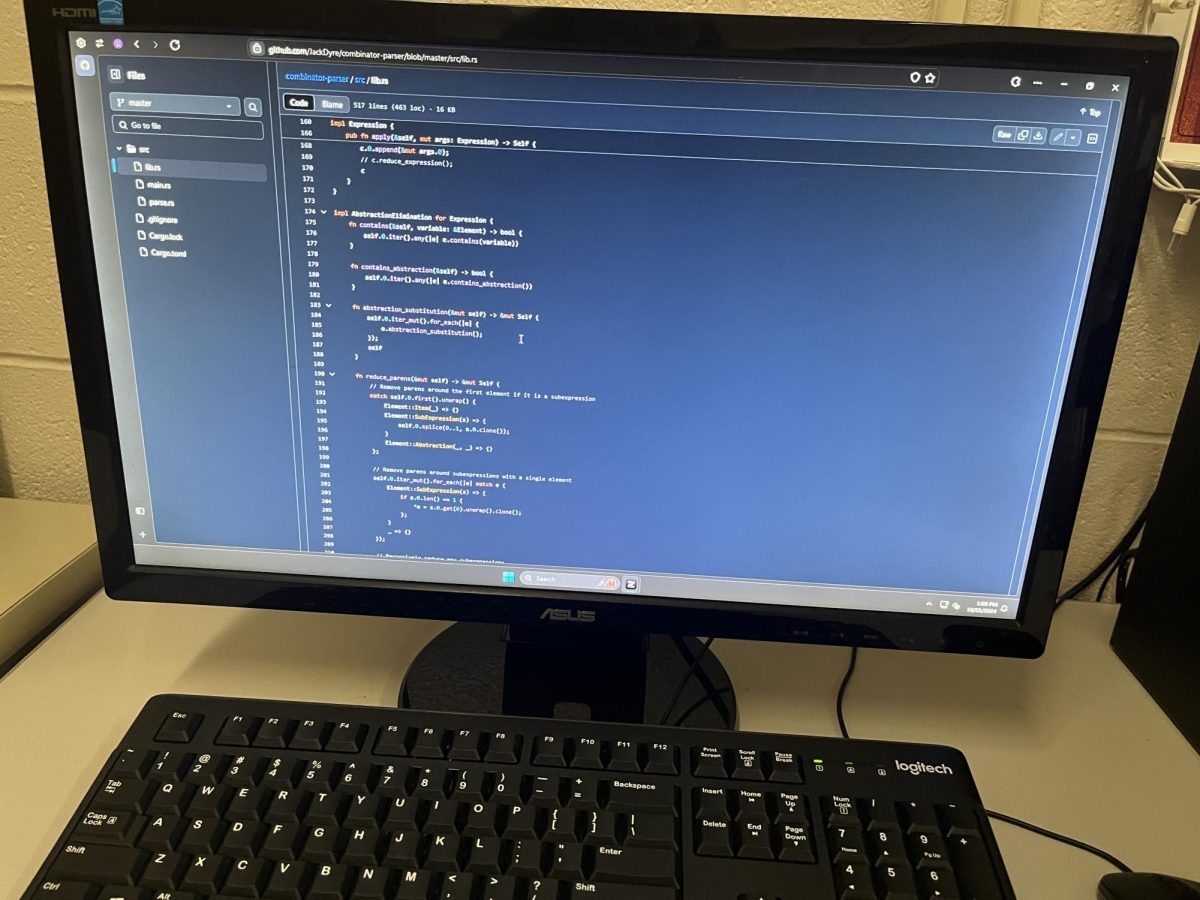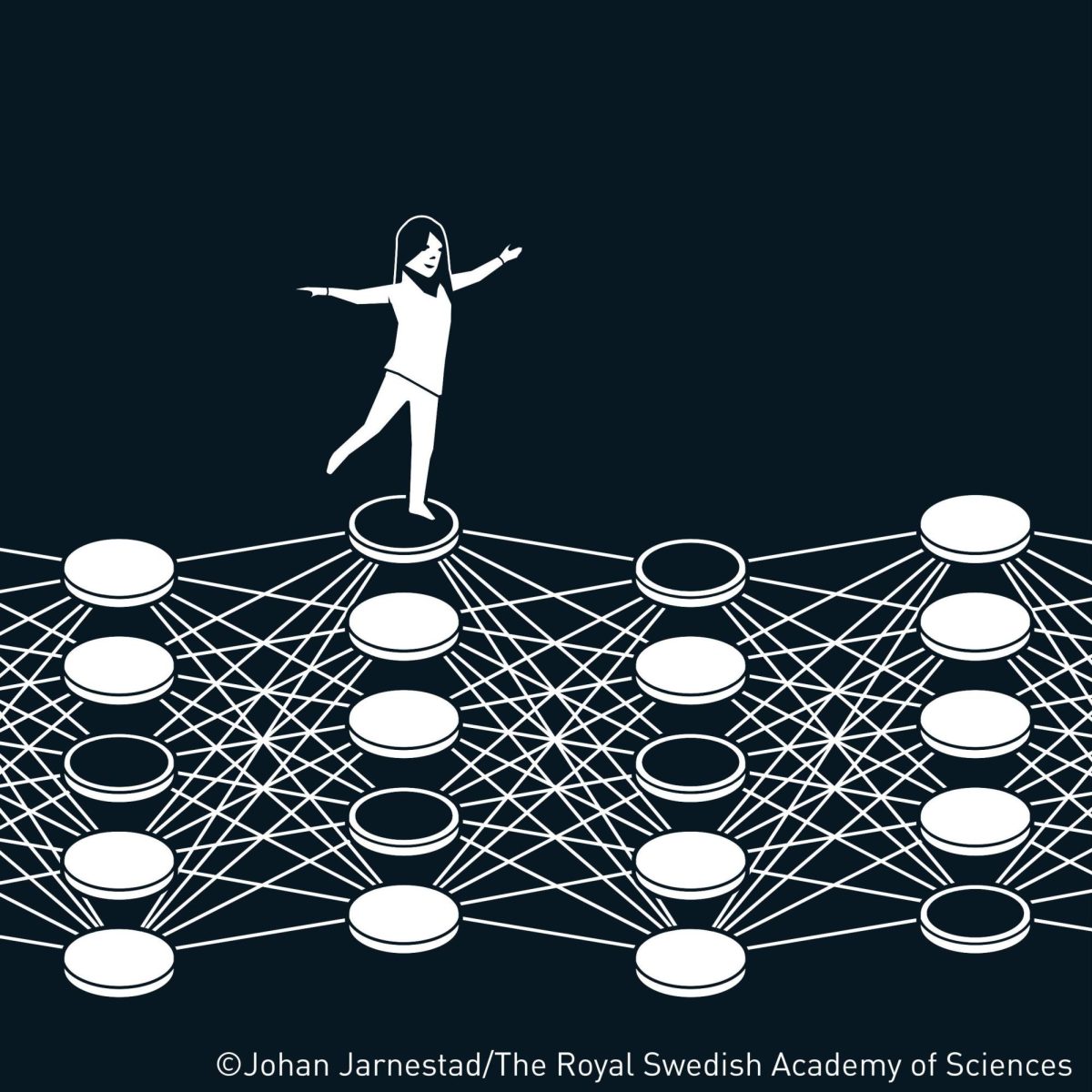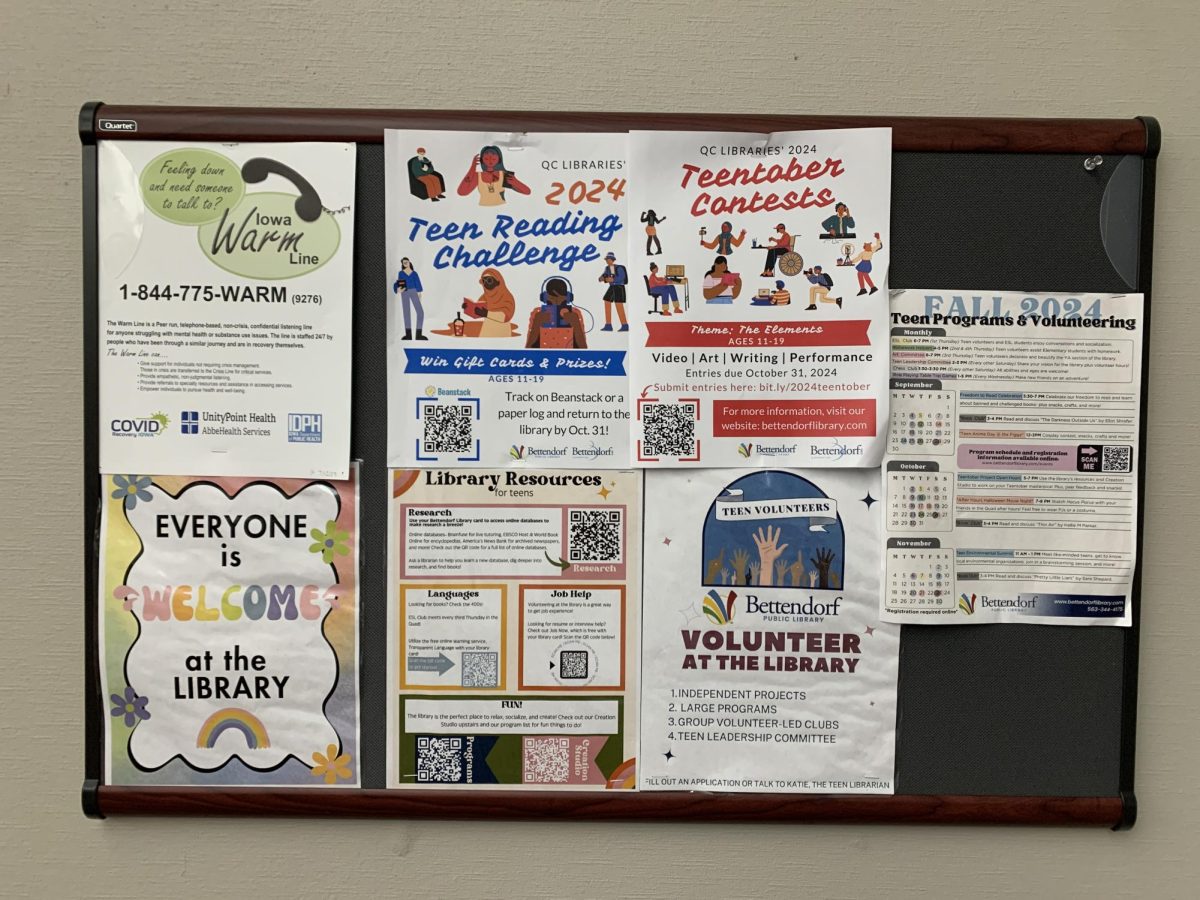In 1990, the U.S. Congress established the first full week of October as Mental Health Awareness Week in recognition of NAMI’s (National Alliance on Mental Illness) efforts to raise mental health awareness. This year, that week falls on Oct. 7 through Oct. 13. The purpose of Mental Health Awareness Week is to promote a broader understanding of the situation and to continue this recognition and understanding past this week.
There has been a stigma surrounding mental health for the longest time. When many hear about mental illness, they may think of the worst case scenarios such as violence or breakdowns or people being institutionalized. The statistics show this isn’t the case for most mental health issues. There are a variety of factors involved with mental health, and approximately one quarter of the population will suffer from a diagnosable mental disorder.
Counselor Tom Neuhaus shared his understanding on mental health and the cultural issues surrounding it. He said, “There is often a stigma surrounding mental health that results in people “hiding” what they are experiencing from others because of a fear of ridicule. They may feel some shame for not feeling “normal.”
However, he believes there is progress being made through education and public awareness that is helping people to better understand what mental illness is and how it impacts people. “Hopefully this will result in a shift in cultural perception that results in our society becoming more supportive and sensitive to this important health issue,” Neuhaus added.
While the signs to look for in friends and classmates suffering from mental health issues may vary depending on what a person is experiencing, some general concerns to watch for include: withdrawing from social situations/isolation, drop in grades, possible drug and/or alcohol use/abuse to “medicate” the issue, acting out or aggressive behavior, increase absences from school, work, etc, self-critical statements, sleep/appetite changes and moodiness.
Counselor Kerry Anderson offered solutions for both faculty and students to help those dealing with mental illnesses, or those that present mental health concerns. “Students can help each other by learning and remembering the signs of a suicidal and depressed person. Students and faculty need to listen carefully when the student speaks and ACT accordingly,” she said.
Anderson said every mention of suicide should be validated with a response. “We should ALWAYS take threats of suicide seriously and have the courage to even ask the person if he/she is thinking of ending his/her life. Most importantly, we should help the student seek out the help of a professional so the student receives the help needed,” she added.
If changes in a student’s life are significant and his/her daily life is being impacted, it is important to have a school counselor or teacher talk to the student and possibly connect them to the school’s mental health staff.
Kaitlyn Dwyer is PV’s therapist through Vera French, the community’s mental health center. Being a nationally certified counselor and temporary licensed mental health counselor, Dwyer was able to offer her unique insight on the issues of mental health awareness.
“When talking to a friend or loved one you believe might have a mental disorder, it’s so important not to be judgmental. Let them know you are there for them and will listen. It is okay to encourage or suggest seeking professional help but it is important to not be too pushy. They may just not be ready. This can be frustrating for you but it is just as important for you to be patient with them. Being a friend with steady encouragement goes a long way,” said Dwyer.
Anderson agreed and added, “Students need to understand that there is nothing wrong with seeking out help from a professional who can help diagnosis and treat the mental health issues. If a person suffers from a physical illness, he/she seeks medical help. The same should be true of mental health issues.”










